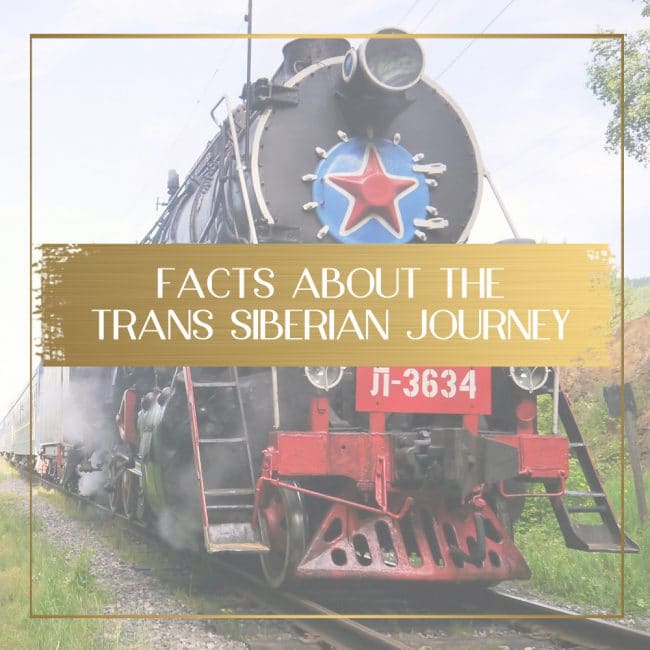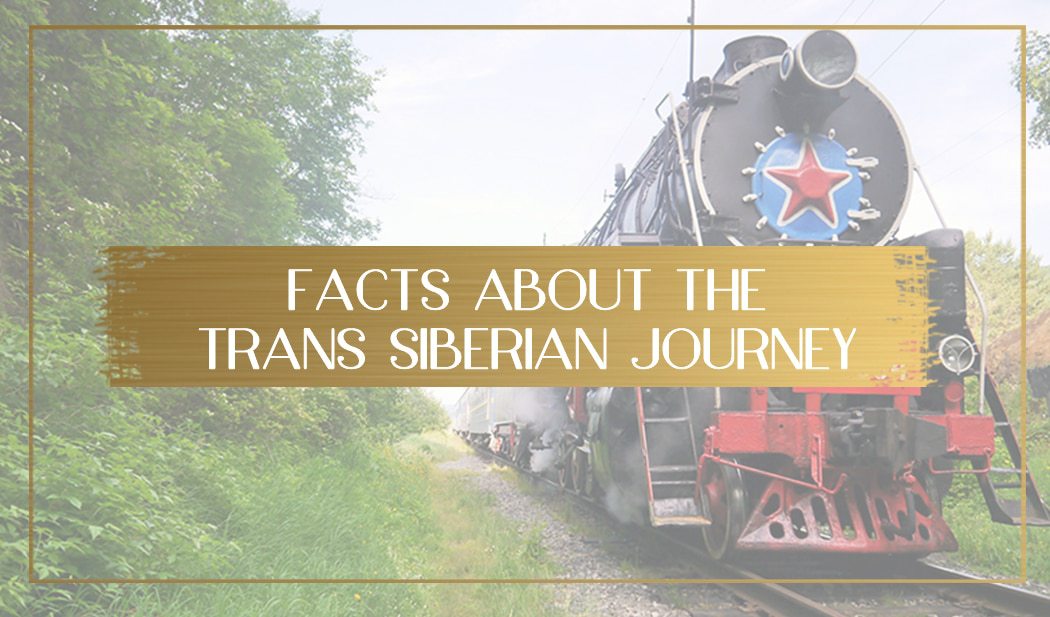After traveling on the Golden Eagle Trans Siberian Express, I learned a lot of interesting facts about the luxurious train ride across Russia. In this article I’ll let you in on a few great insights so help make your trip that much more exciting. Read on to find out more facts about the Trans Siberian journey that you most likely would not expect.
1. Green landscapes and white nights
The landscape in the summer is covered in pine trees, forests and green pastures. Yellow, purple and white flowers dot the forests and the occasional horse and cow adds a dash of life. The landscape only really changes once you enter into Mongolia for a more deserted and steppe like landscape. In winter, snow covers most of the line.
Surprisingly, the landscape is mostly flat with very little elevation until Lake Baikal. Even when the train crosses the Urals there are no mountains in sight because the railway passes through the lower part of the Urals where elevation is minimal. Even in the highest point the Urals, natural separation between Europe and Asia are lower than 2,000 meters.
In summer, the sky is never fully dark and the sun sets for very few hours giving the landscape the most beautiful sunrise and sunsets with all shades of red, orange and purple only ending in a soft twilight.
2. Most of the population lives along the railway line
As opposed to other relevant railway systems, the Trans-Siberian is over a century old and given the harsh conditions in most of its route the majority of the 38 million people living in Siberia are concentrated along the railway corridor which provides life and a source of employment to the people living there.
From the train you will see a continuum of towns and villages every few minutes with the omnipresent blue and green wooden houses and the green birch and pine trees. That also means that if you want to visit Siberia the best way is to follow the railway as most of the sights are found along the route including historical Kazan, capital of the Tatarstan, Yekaterinburg where the last Tsar was assassinated or Lake Baikal.
3. Lake Baikal used to be crossed by ferry
Today the route surrounds the lake but originally ferries were used to transport passengers and in winter, the carriages would cross the frozen lake pulled by horses. The ferry used to cross the lake was manufactured in the UK and shipped in pieces to be re-assembled in Russia.
The construction of the Circumbaikal line was the last part to be completed in 1904 and it involved 200 bridges and 60 tunnels through the mountainous region. The descend was so steep that railway workers were afraid to open the line even after it was constructed.
4. The Trans-Siberian is not a tourist train
The Trans-Siberian is not the name of any train but the description of a route from Moscow to Vladivostok. No train is actually called like that and the route is used by freight and passenger transportation. If you wish to cover the entire route, you can buy a ticket for the journey and jump on the specified train.
There would be no chance to stop and sight see as this is a regular train that does not allow hop-on hop-off like the sightseeing buses. The ticket will be for a one-way trip taking six and a half days. There are limited food and washing facilities on board, but also very few people actually using the train as a means of transportation across the entire country.
Very few tourists are found in the train which mainly takes Russians and merchandise across the vast country. The frequency of trains used to be every 12 minutes in Soviet times and is still incredibly high in some sections with trains passing every few minutes.
For a tourist friendly journey you can take the private Tsar’s Train or the Golden Eagle both of which include a variety of stops and visits of the main interest points along the route and are made only for tourists.
5. The route provides a chronological tale of Russian’s history
From St. Petersburg to Moscow, Kazan and its Tatarstan history, Yekaterinburg’s Nicholas II assassination and birthplace of Yeltsin, Novosibirsk’s Largest Opera and 3rd largest population in the country, the border between Asia and Europe, Siberia’s border marker where countless prisoners waved goodbye to their beloved land before being exiled and held prisoner in Siberia’s Gulags.
The Trans Siberian journey by train provides the best insight into Russian’s history. Because of its historical importance the train traces the most important sites of the country’s recent history. It was used during the most important Russian wars and was key for the Russian Revolution and the country’s role in WWII.
It is a bit of a self-fulfilling prophecy as the train connected the most important centres across the country and at the same time, was the reason why so many new cities were constructed along the railway.

